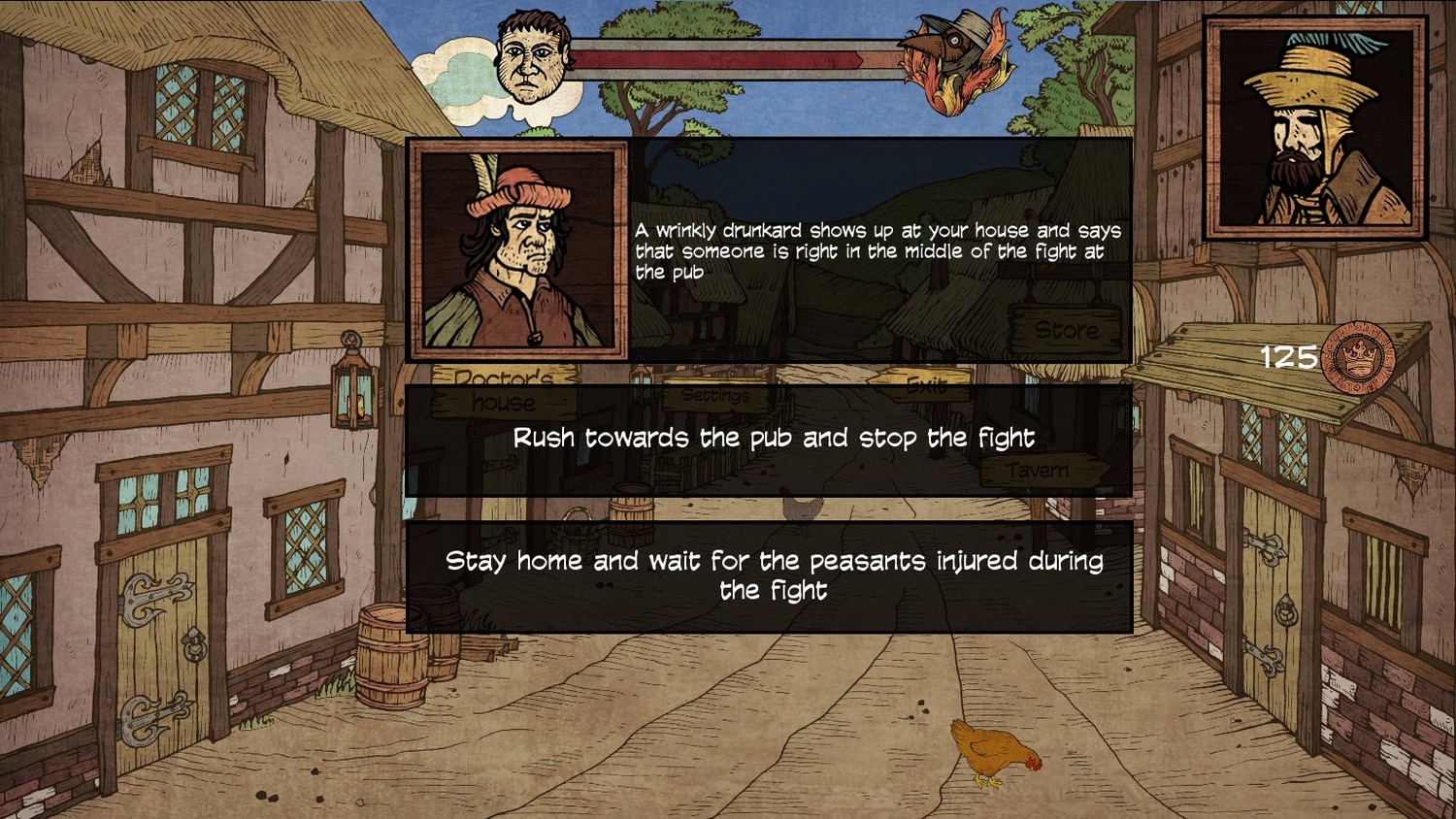
- #Population genetics card game simulator how to#
- #Population genetics card game simulator series#
This simulation lab activity is appropriate for biology students in grades 9 - 12. Testing the Hardy-Weinberg Principle for Selection Pressure.Determining the Frequency of a Trait in a Population.Students will carry out four different simulations:
#Population genetics card game simulator how to#
How to use the Hardy-Weinberg equation to determine the frequency of alleles in a population. How changes in the gene pool result in evolution. 
This model can be applied to populations that are small and/or have no competition for resources. The exponential growth model describes how a population changes if its growth is unlimited.
The basic assumptions of the Hardy-Weinberg Principle This interactive simulation allows students to explore two classic mathematical models that describe how populations change over time: the exponential and logistic growth models. If you teach the Hardy-Weinberg Principle during your unit on Evolution, this lab will ensure that your students understand: Everything you need for the successful completion of this lab. Complete Answer Key and Solutions to all problems. 12-Page Teacher Guide containing tips, tricks, and suggestions. Students can write on the handouts or use their own notebook paper. 12-Page EDITABLE Student Handout that is ready to be printed and passed out to your students. Lots of Hardy-Weinberg Practice Problems!. #Population genetics card game simulator series#
Students will make data tables, compile class data, work out the math, and answer a series of critical thinking questions at the conclusion of the lab.Students will learn how to use the Hardy-Weinberg equation to determine the frequency of alleles in a population.
 Students will learn how changes in the gene pool result in evolution. Students will “mate” using allele cards (included) to show the outcome of genotypes and phenotypes in future generations. In this lab simulation, the students in the classroom will mimic a breeding population of individuals. To observe how the Hardy-Weinberg equation is used to detect changes in allele frequencies in a population. To simulate how changes in the gene pool might occur by using the class as a breeding population of individuals. Students will “mate” using allele cards to show the outcome of genotypes and phenotypes in future generations. Students in the classroom will mimic a breeding population of individuals. In this lab simulation, students will learn how the Hardy-Weinberg Principle is used to detect changes in the gene pool, and how changes in the gene pool lead to evolution.
Students will learn how changes in the gene pool result in evolution. Students will “mate” using allele cards (included) to show the outcome of genotypes and phenotypes in future generations. In this lab simulation, the students in the classroom will mimic a breeding population of individuals. To observe how the Hardy-Weinberg equation is used to detect changes in allele frequencies in a population. To simulate how changes in the gene pool might occur by using the class as a breeding population of individuals. Students will “mate” using allele cards to show the outcome of genotypes and phenotypes in future generations. Students in the classroom will mimic a breeding population of individuals. In this lab simulation, students will learn how the Hardy-Weinberg Principle is used to detect changes in the gene pool, and how changes in the gene pool lead to evolution.






 0 kommentar(er)
0 kommentar(er)
